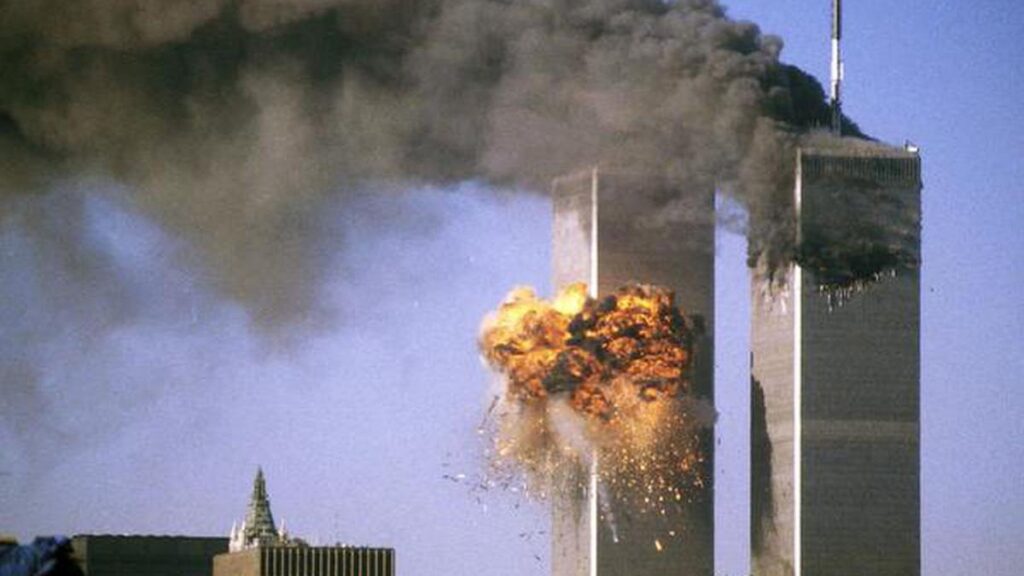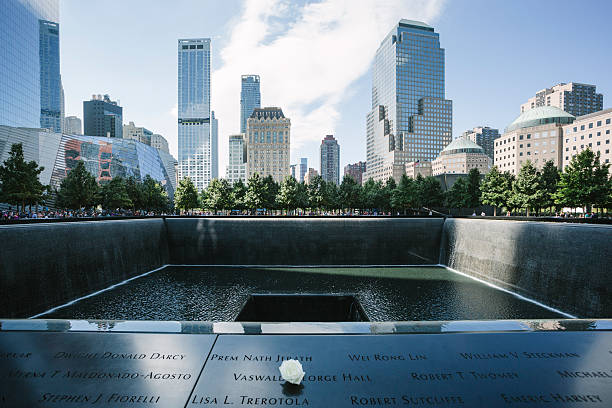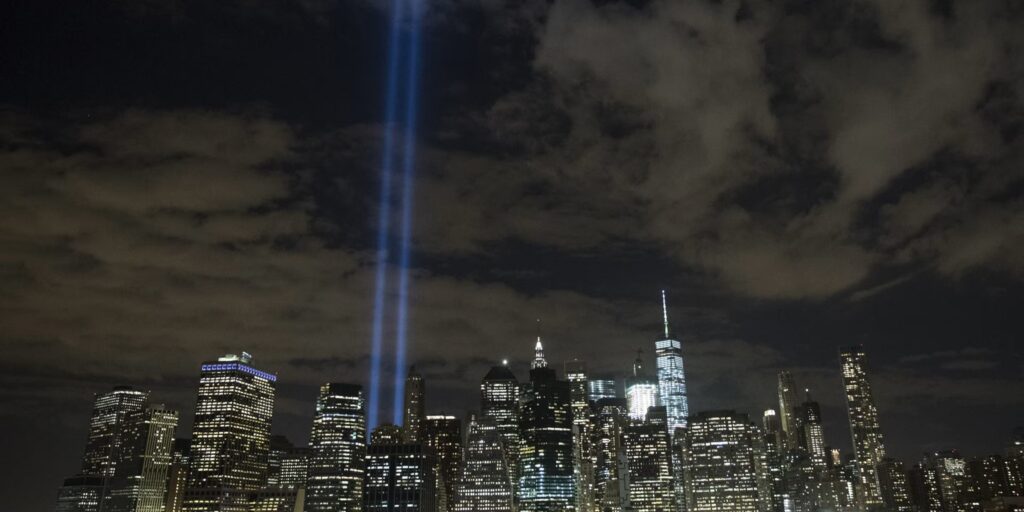On 11 September 2001, the United States suffered the deadliest terrorist attack in modern history. Nearly 3,000 people were killed, more than 6,000 injured, and millions around the world watched the events unfold live on television. The impact of that day continues to shape international politics, security, and remembrance.

The attacks in detail
- Timeframe: The attacks began at 8:46 a.m. Eastern Time when American Airlines Flight 11, carrying 92 people, was flown into the North Tower of the World Trade Center in New York City.
- At 9:03 a.m., United Airlines Flight 175, with 65 people on board, crashed into the South Tower.
- At 9:37 a.m., American Airlines Flight 77, with 64 people, struck the Pentagon in Washington, DC.
- At 10:03 a.m., United Airlines Flight 93, with 44 people, crashed into a field in Shanksville, Pennsylvania, after passengers attempted to retake control from the hijackers.
Both towers of the World Trade Center collapsed within 102 minutes of the first impact, unleashing massive dust clouds and causing widespread destruction in Lower Manhattan. The collapse killed thousands instantly and trapped many first responders.
In total:
- 2,977 victims were killed (excluding the 19 hijackers).
- Victims came from 93 nations.
- Among them were 343 firefighters, 72 law enforcement officers, and 55 military personnel.
- More than 400,000 people were exposed to toxic dust and debris in the aftermath, leading to long-term health consequences.
Historical background
The attacks were planned by al-Qaeda, a militant Islamist group led by Osama bin Laden. For years, the group had denounced US policies in the Middle East, particularly the stationing of American troops in Saudi Arabia after the 1991 Gulf War and US support for Israel.
Al-Qaeda operatives had previously attempted to strike the World Trade Center in 1993, detonating a truck bomb in the underground car park that killed six and injured over a thousand. Although that attack failed to bring down the towers, it foreshadowed the scale of ambition behind 9/11.
Planning for 9/11 began as early as 1996, with key figures including Khalid Sheikh Mohammed, the principal architect. Nineteen hijackers, most from Saudi Arabia, trained at flight schools in the United States to prepare for the operation.
Immediate and global impact
- Stock markets: The New York Stock Exchange closed for four days, the longest closure since 1933. Global markets lost $1.4 trillion in value in the week following the attacks.
- Casualties: Beyond those killed on 11 September, tens of thousands developed illnesses related to exposure at Ground Zero. The World Trade Center Health Program continues to monitor survivors.
- Air travel: US airspace was closed for two days – the first nationwide grounding of flights in history. Security procedures worldwide were permanently tightened.
- War on terror: On 7 October 2001, the US and its allies launched military operations in Afghanistan to topple the Taliban, who had harboured al-Qaeda. The conflict became America’s longest war, lasting until 2021.
Political and social consequences
- Legislation: The US passed the Patriot Act (October 2001), vastly expanding surveillance powers.
- Security: The Department of Homeland Security was created in 2002, consolidating counterterrorism efforts.
- Iraq war: In 2003, citing weapons of mass destruction and alleged ties to terrorism, the U.S. led the invasion of Iraq – a war still debated as part of the post-9/11 landscape.
- Global counterterrorism: Nations across Europe, the Middle East, and Asia adopted stricter anti-terror laws, reshaping civil liberties and state powers.
Memory and memorialisation
At the site of the destroyed towers, the National September 11 Memorial & Museum opened in 2011, marking the 10th anniversary.
- The memorial features two reflecting pools, each nearly an acre in size, set in the footprints of the Twin Towers.
- Around the pools are the names of all 2,977 victims inscribed in bronze.
- Each day, white roses are placed on the names of victims on their birthdays – a gesture of remembrance and personal tribute.
- The adjacent museum documents the attacks through artefacts, survivor accounts, and historical records.

Each year, the anniversary is marked by moments of silence at the exact times of each plane’s impact and collapse of the towers, and by the “Tribute in Light” – twin beams projected into the night sky above Manhattan.

Legacy and significance today
- Security: 9/11 permanently changed how nations approach security, intelligence, and counterterrorism.
- Public Health: Ongoing health crises for first responders highlight the long shadow of the attacks.
- Geopolitics: The wars in Afghanistan and Iraq reshaped the Middle East and international alliances.
- Cultural Memory: The phrase “Never Forget” has become central to commemoration, emphasising the need to remember the victims and lessons of that day.
Twenty-four years on, 9/11 remains not only a date of mourning but also a reminder of resilience, global interconnectedness, and the lasting consequences of extremism.
Also read: Minneapolis school shooting: gunman obsessed with killing children


